Nushin Samavaki
Advisor: Herbert Enns
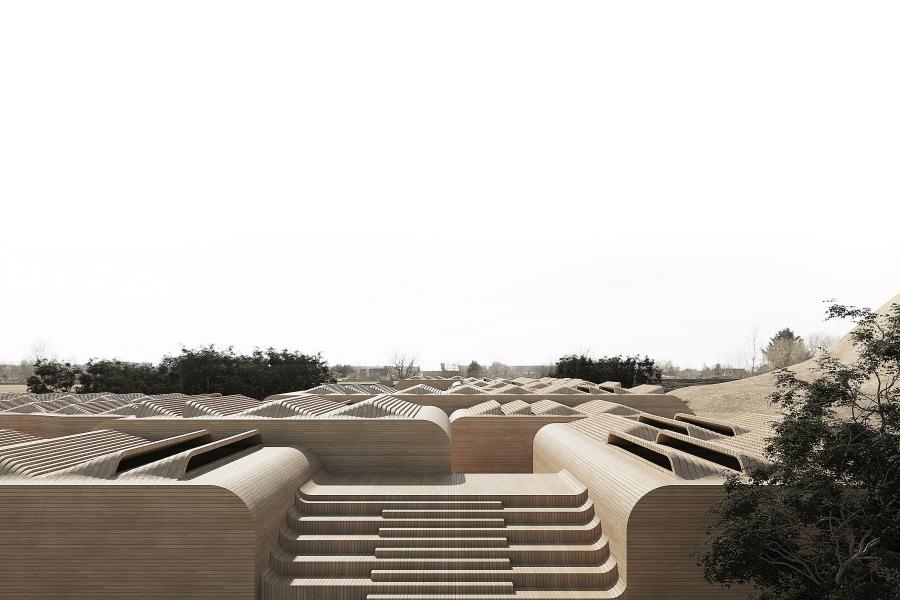
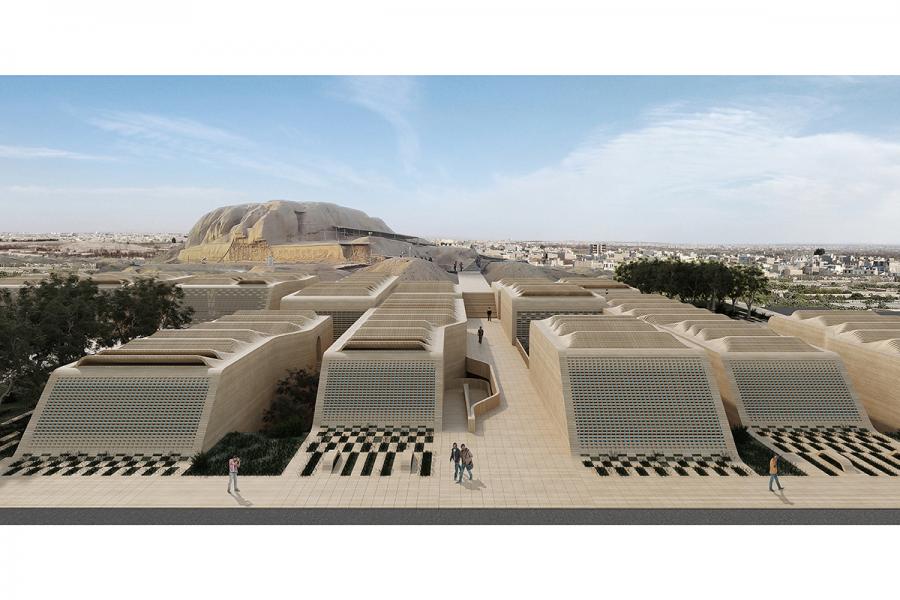
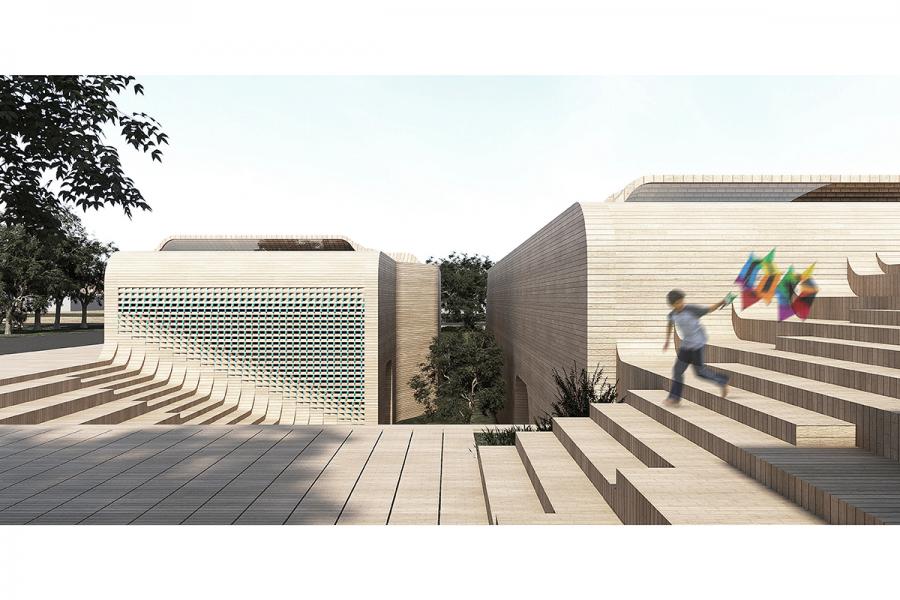
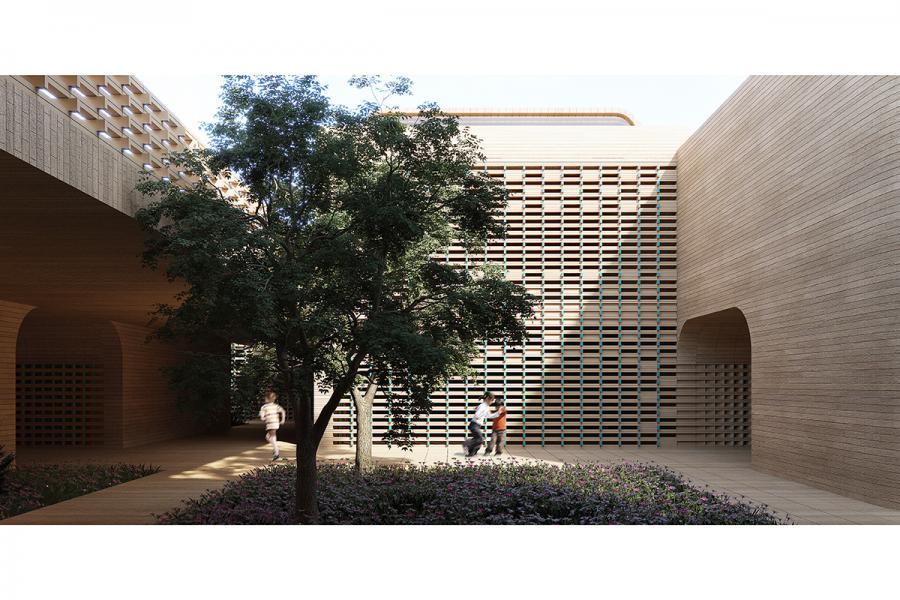
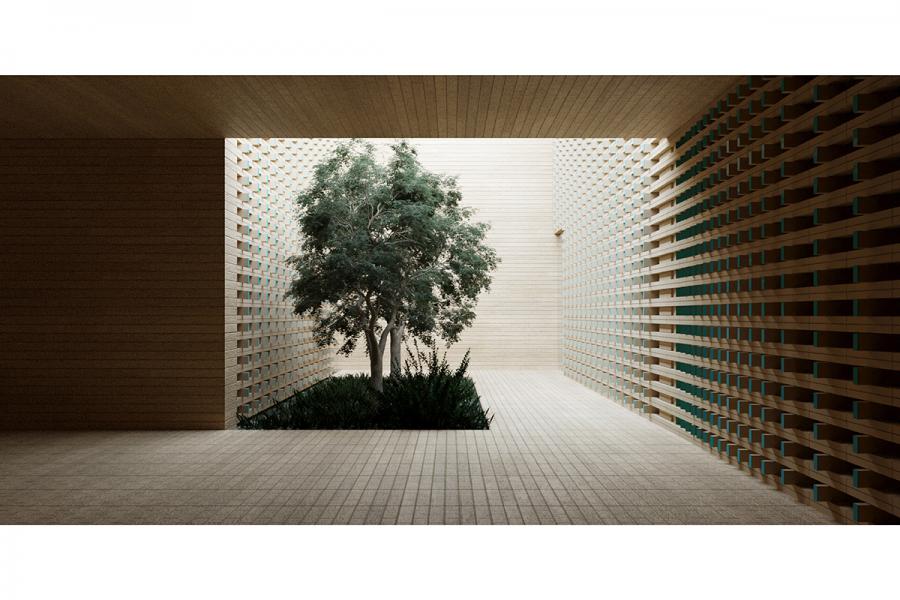
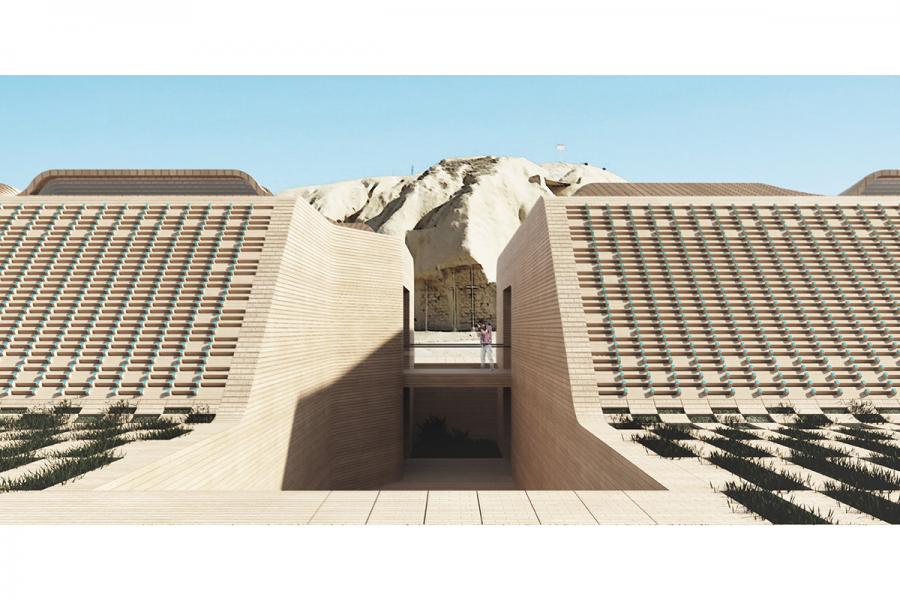
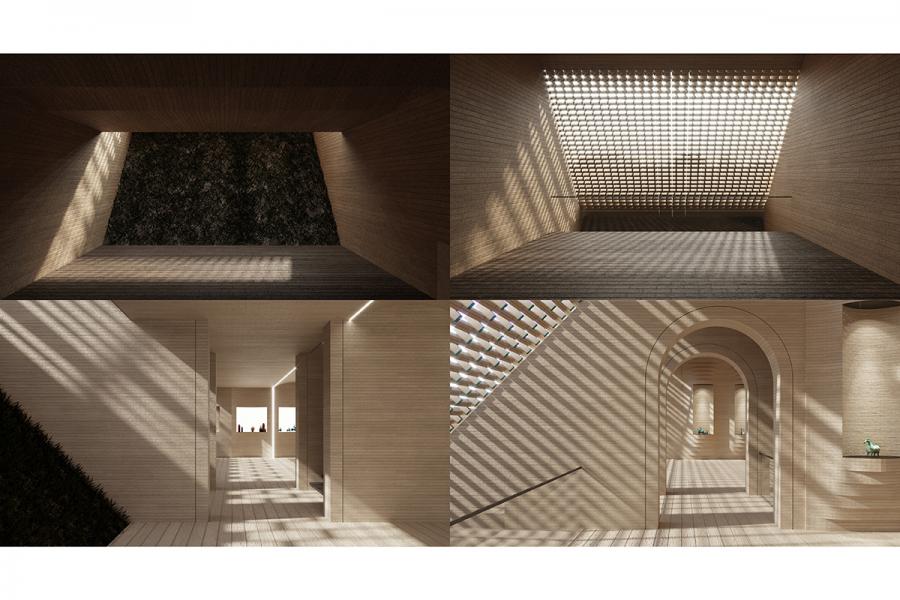
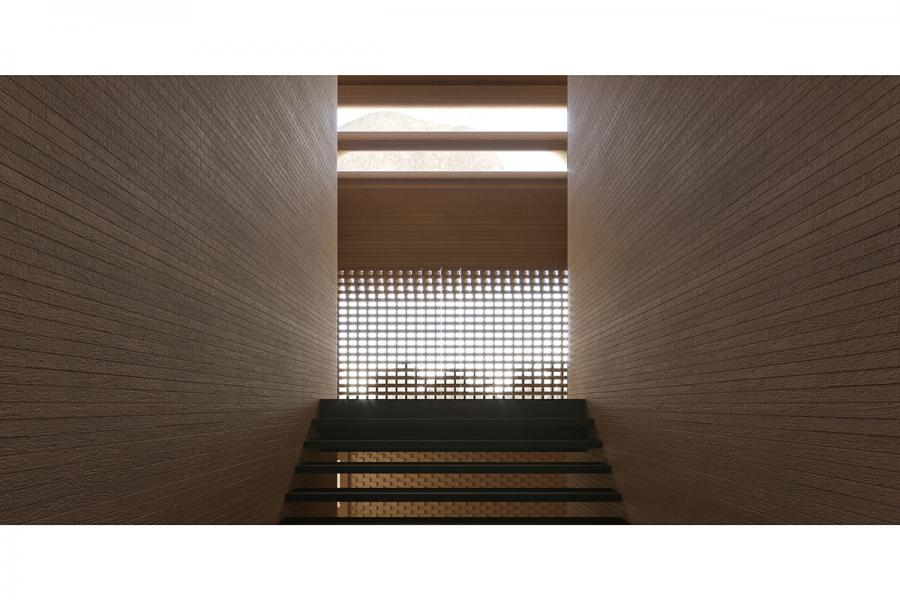
Lost and Found: Social and Cultural Reconstruction at the Tepe Sialk in Kashan, Iran
Persian carpets, renowned for their quality and beauty, are inspired by the geometric designs and layouts of the magnificent gardens of ancient Persia. Theses gardens originated in a four-fold pattern which remains, to this day, the most sought-after Persian carpet design. The city of Kashan, with its 3000-year carpet-weaving history is home to the earliest known evidence of the craft, discovered 80 years ago in the archeological Sialk Hills. This thesis aims to extract the extraordinary design concepts of the Persian 4-fold gardens and blend in a modernized interpretation of Persian design principles and Iranian vernacular architecture.
However, the women by whose hands this exceptional product is created receive little compensation or acknowledgment. Furthermore, Iranian women are typically discouraged from participating in social realms, particularly within lower social classes, adding to physical, emotional and spiritual suffering. Historically, Iran’s denigration of women’s rights, the intensity of which fluctuates regime by regime, has thrust women into an endless battle to retain the personhood more fully enjoyed in times past.
Therefore, this thesis proposes a cultural-archaeological center in the Sialk historical site that serves a two-fold purpose: 1) a carpet weaving-center providing women weavers with a platform to build up one another, expand skills, increase revenue, opportunities and their profile within the community through workshops, exhibitions, entertainment spaces, etc. 2) an archaeological research and resource center that revitalizes early Persian design and landscape through further exploration, preservation, and display of weaving, pottery and other excavated artifacts.
Recognizing the women whose hard work has preserved part of ancient Persia’s glory will foster a greater appreciation of women and broaden their place within society. And tracing the impact of Persian design on Iran’s art and architecture hopefully inspires a new generation to embrace the long road of history culminated in the “instant” world of today.
